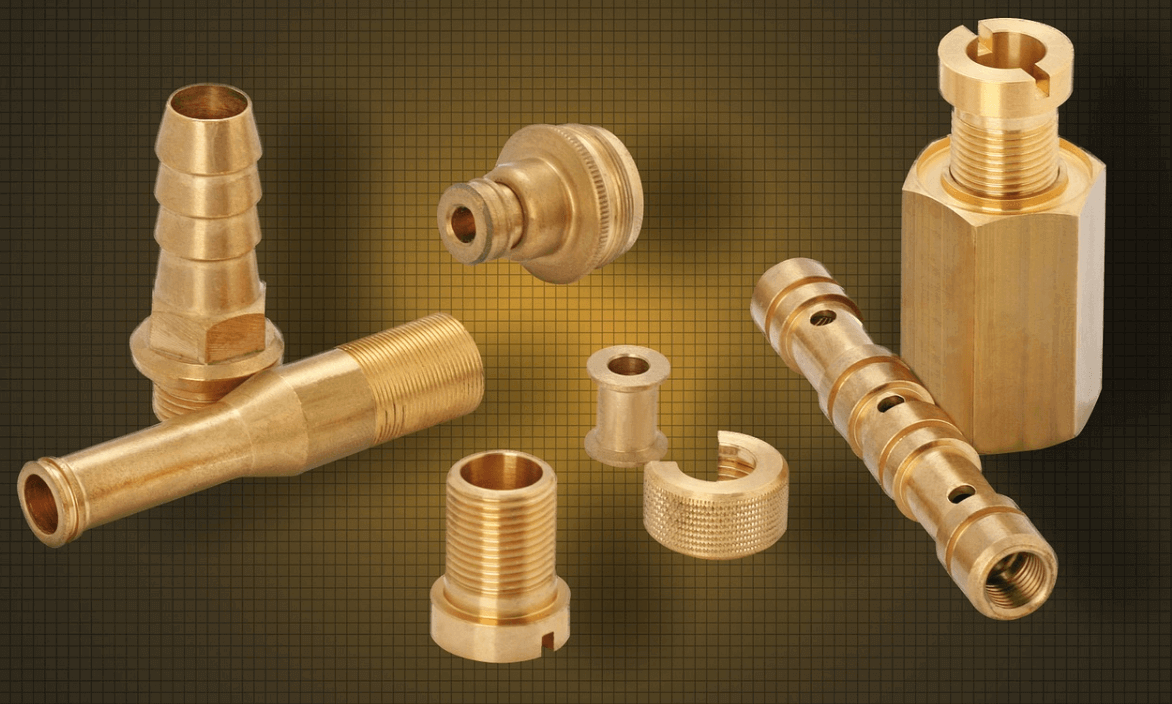CNC machining is used to make customed parts with tight tolerance and strong strength. In fact, it is a cost-efficient and fast way of manufacturing production parts and prototypes. Optimized designed cnc parts help reduce production time and save cost. These are tips for optimizing the design for various CNC parts.
Round Internal Corners
Most CNC machining tools like milling cutter and end mill leave rounded internal corners. You can reduce the radius by using a machining tool with a smaller diameter, but it needs a smaller tool to eliminate the material. This is usually done at a lower speed to minimize the risk of tool breakage or deflection. This will result in longer machining time.
Thus, it is advisable to add an internal corner radius and use the same radius for internal edges. In this way, you can eliminate the tool changes, increase run time, and adds complexity.
Do Away with Deep Cavities
End mill tools have a limited cutting length that works best for cutting cavities. You can minimize the cost and suggest limiting the depth of the cavity to ensure you get the desired tools. Otherwise, you will increase the manufacturing cost as you require multi-axis CNC systems and special tooling. If you need a larger cavity, then you design CNC parts with variable cavity depth.
Avoid Thin Walls
You should note that CNC parts with thin walls like to chatter. Unfortunately, this reduces the machining speed. Moreover, thin walls can result in distortion that makes it difficult to create accurate parts. If you do not take care of this, it may result in extra cost and time. You can keep the machining costs low by increasing the thickness of thin walls.
Optimize Depth of Tapped Holes
Concerning tapped holes of CNC parts, you should consider increasing the length of thread in a hole to hold the bolt a bit tighter. You should note that only a few turns are required to do the work. In fact, going deeper increases time for tapping operations. Therefore, you should avoid threading a hole more than three times its diameter.
Avoid Tight Tolerances
You should note that not all surfaces of CNC parts are important to its function. Therefore, parts with tight tolerances are expensive to manufacture. That is because they increase machining cost and time. It is advisable to avoid tight tolerances and only assign them on critical surfaces and features. Features or surfaces that are less significant can be machined according to standard tolerances.
Minimize Small Features
Certain features such as micro-holes increase machining time and machining difficulty. Thus, you should avoid them unless they are important.
Reduce the Complexity of CNC Parts
You should note that machining several simple parts is cheaper than machining a single complex part. That is the case for parts with tapered holes and deep pockets that need several hours of machining to get rid of the material. As a result, most CNC machining services charge more for complex parts. That is because if mistakes happen, it is expensive to redo complex parts than it is the case with redoing simple ones. Therefore, you should consider splitting up complex parts into various simple parts that can be assembled.
